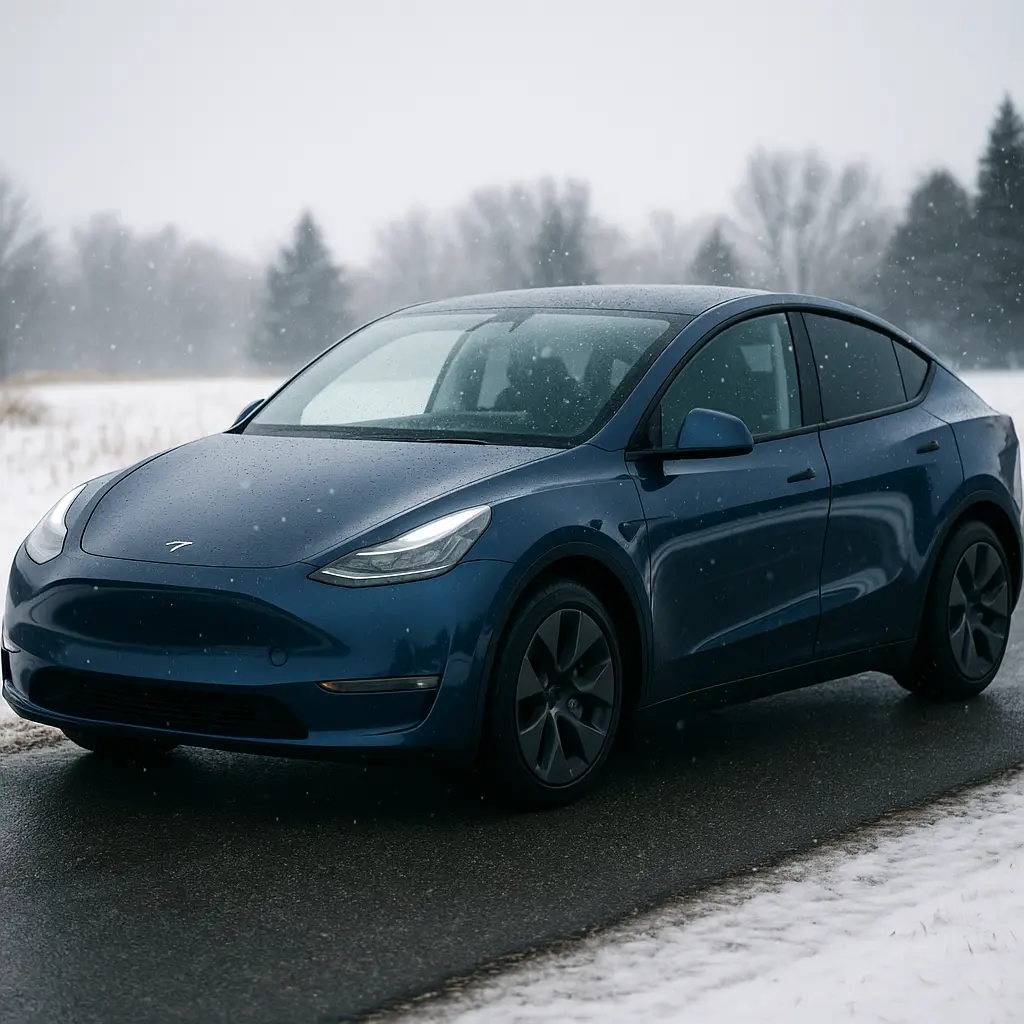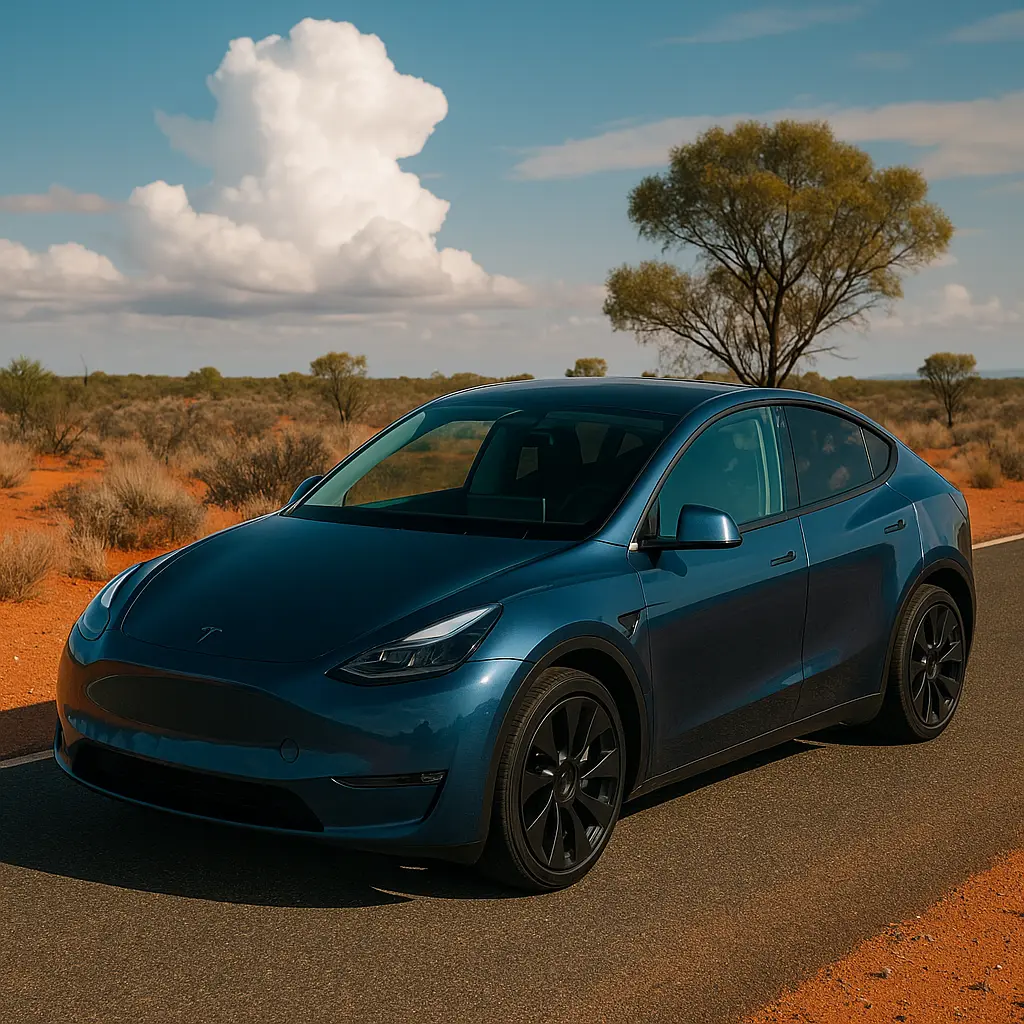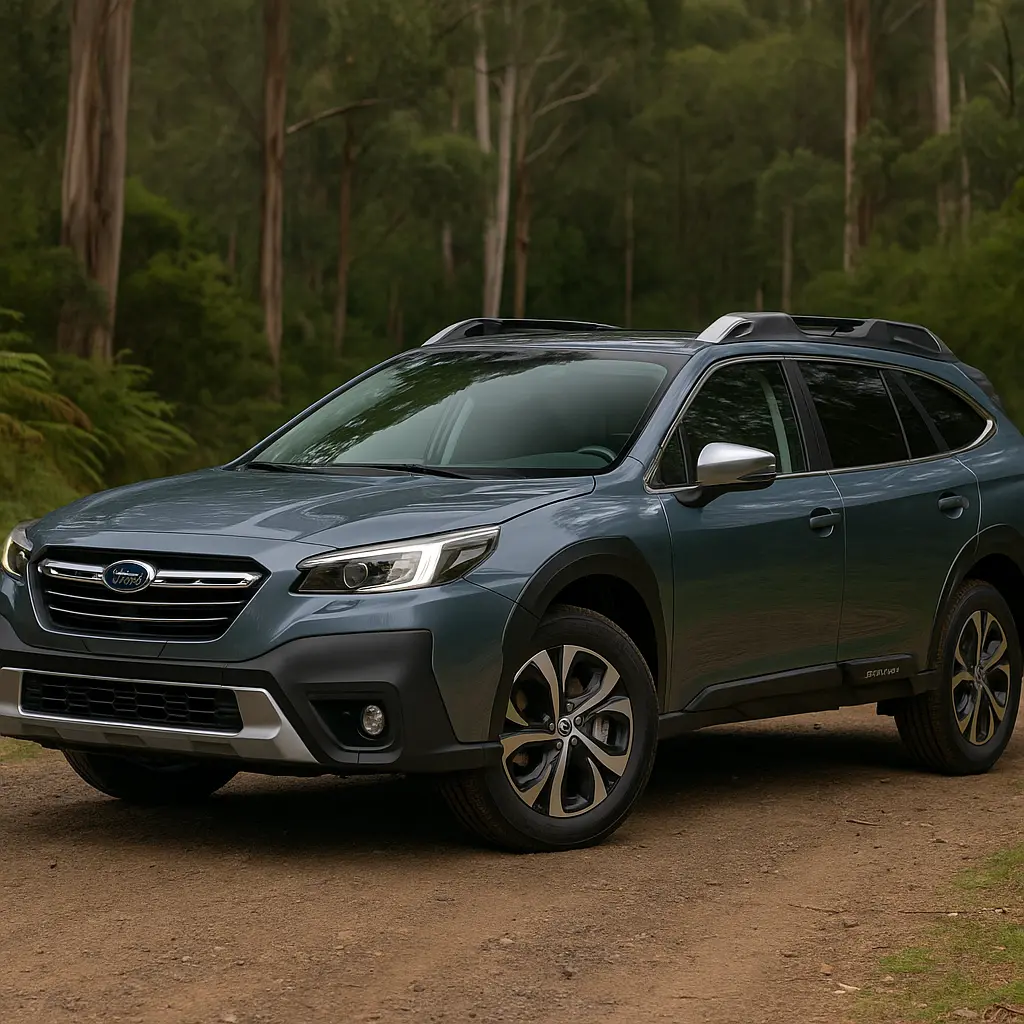How Weather Affects EV Performance in Australia – The Full Guide for 2025

Introduction: Climate and the Rise of EVs Down Under
Electric vehicles (EVs) are no longer a niche in Australia—they're a rapidly growing part of the market. But as adoption grows, more drivers are asking an important question: How does weather affect EV performance in our unique Aussie climate?
From the scorching sun in Outback towns to chilly winter mornings in the Snowy Mountains, Australia’s extreme and varied climate puts EVs to the test. If you’re thinking of buying an electric car or already own one, understanding how weather impacts range, battery health, and charging is essential.
This guide covers everything you need to know, including:
EV battery behaviour in heat vs cold
Real-world range differences by climate
Charging performance by temperature
Regional insights from across Australia
How to drive smarter in extreme weather
1. The Science Behind EV Batteries and Temperature
EVs are powered by lithium-ion battery packs that store and release electrical energy. These batteries are sensitive to temperature, which influences:
Chemical reaction speed
Battery resistance
Thermal management efficiency
Here's what you need to know:
Cold weather slows down chemical reactions inside the battery, reducing its ability to discharge and charge efficiently.
Hot weather increases battery resistance and can cause the cooling system to work harder, using more energy.
This means both high and low temperatures can decrease range and performance—but in different ways.
2. Hot Weather Driving – Aussie Summers and EV Strain
Australia’s summer temperatures regularly hit 35–45°C in many regions. Here’s how hot weather impacts EV performance:
🔋 Range Drop from AC Use
EVs rely on electric compressors for climate control. Running the air conditioner constantly can reduce range by:
5–10% on average
Up to 15% in extreme heat
The more luxurious your EV (with ventilated seats, panoramic glass roofs, etc.), the more energy it takes to cool the cabin.
🔌 Charging Performance in High Heat
Most modern EVs have battery cooling systems, but fast charging under hot conditions can lead to:
Battery throttling to prevent overheating
Slower DC charging rates, especially during rapid charge sessions
Reduced regenerative braking efficiency
EVs like the Tesla Model 3, Hyundai IONIQ 5, and Kia EV6 handle heat better than older or budget EVs due to liquid-cooled battery systems.
🔥 Battery Degradation Risk
Prolonged exposure to extreme heat can accelerate long-term battery wear. Parked in the sun daily without ventilation or shade? You may lose more capacity over the years.
3. Cold Weather Driving – What Happens in a Chill?
Though Australia isn’t known for freezing winters, many regions (like Canberra, Tasmania, Alpine Victoria) experience sub-5°C conditions regularly.
Here’s how cold weather affects EVs:
❄️ Reduced Range
In temperatures below 10°C:
Expect 10–20% lower range due to decreased battery efficiency
Cabin heating draws energy from the battery (unlike petrol cars that use engine heat)
For example:
A 2025 Nissan Leaf may drop from 385km to ~310km in winter
A Tesla Model Y can see ~10–15% drop depending on heat usage
🔌 Slower Charging
Battery needs to warm up before charging efficiently
AC charging (Level 2) can take 30–50% longer in cold
DC fast charging speed may drop unless the car preconditions the battery (as in Teslas)
🧠 Tip: Precondition the Battery
Use the mobile app or in-car settings to warm the battery while plugged in. This saves driving energy and improves comfort.
4. Australian Cities and Their EV Weather Challenges
🔆 Darwin, NT – Extreme Heat
Avg Summer Temps: 35–40°C
EVs must handle heat well year-round
Ideal: Liquid-cooled batteries, high-efficiency A/C
Challenge: Charging at public stations during midday
☀️ Perth & Adelaide – Dry, Hot Summers
Peak temperatures frequently hit 40°C
Solar panels help with at-home charging
Range loss mainly due to A/C and thermal management
🌦 Sydney & Brisbane – Humid and Warm
High humidity doesn’t hurt batteries directly
A/C and rain-related features (wipers, defoggers) slightly impact range
❄️ Canberra, Hobart, Alpine VIC – Cold Winters
Morning starts below 5°C common
More noticeable range reduction
Need to preheat batteries for optimal charging
🌤 Melbourne – Seasonal Extremes
Known for 4 seasons in a day
Temperature swings affect range unpredictably
All-weather EVs like Hyundai Kona EV perform well
5. How Much Range Can You Really Expect?
| Climate | Range Impact | Key Cause |
|---|---|---|
| Hot (35°C+) | -5% to -15% | A/C, cooling system |
| Cold (0–10°C) | -10% to -25% | Heating, slow chemistry |
| Mild (15–25°C) | Minimal | Optimal temperature |
Real-world example:
A 2025 Tesla Model Y Long Range (WLTP: 533km)
Summer (Brisbane): ~480–500km
Winter (Canberra): ~420–460km
6. Charging in Different Temperatures
Hot Weather
Avoid midday fast charging
Battery cooling kicks in, reducing charge rate
Park in shaded areas where possible
Cold Weather
Charge overnight to warm the battery slowly
Use preconditioning before early drives
Plan for slower charging times
7. Tips to Maximise EV Efficiency in All Climates
Here are practical strategies every Aussie EV owner should know:
✅ General Tips
Use eco mode for smoother acceleration
Plan routes with regenerative braking
Keep tyre pressure optimal – underinflated tyres lower range
Limit rooftop carriers – they increase drag
☀️ Hot Weather Tips
Park in the shade or use windshield covers
Pre-cool cabin while plugged in
Turn off non-essential climate functions
❄️ Cold Weather Tips
Use seat and steering wheel heaters over full cabin heat
Precondition battery and cabin while charging
Don’t drive immediately after starting – let the battery warm up
8. EV Models That Handle Aussie Weather Best
🔝 Best for Hot Weather
Tesla Model 3/Y – advanced thermal management
Hyundai IONIQ 6 – heat pump, liquid cooling
Kia EV6 – robust climate features
Polestar 2 – great battery insulation
🔝 Best for Cold Weather
Volvo EX30 – Scandinavian build, excellent heater
Subaru Solterra – heat pump equipped
BMW iX1 – winter-friendly drive systems
MG4 Long Range – improved efficiency despite price
9. Future Tech to Tackle Climate Issues
Australian buyers can expect smarter climate management features in 2025+ EVs, including:
Solid-state batteries (better thermal tolerance)
Enhanced heat pumps for efficiency
AI climate control that adapts to driving patterns
Battery preconditioning integrated with chargers
These innovations will make EVs more capable in extreme environments—and reduce weather-based range anxiety.
10. Should You Worry About Weather When Buying an EV?
Short answer: No—but plan wisely.
Most 2025 EVs sold in Australia are equipped with battery management systems to handle weather variation. However, understanding how climate affects EV performance can:
Help you choose the right model
Improve daily driving habits
Extend battery life
Reduce charging frustration
Conclusion: Drive Smart, No Matter the Forecast
EVs are here to stay in Australia, and weather isn’t a deal-breaker if you’re informed. Whether you’re tackling scorching Outback highways or chilly Tassie roads, understanding how your EV reacts to temperature will help you drive smarter and more efficiently.
So yes—weather affects EVs. But with the right vehicle, smart driving, and a few clever habits, it doesn’t have to affect your journey.
Leave a comment
Your email address will not be published. Required fields are marked *




















